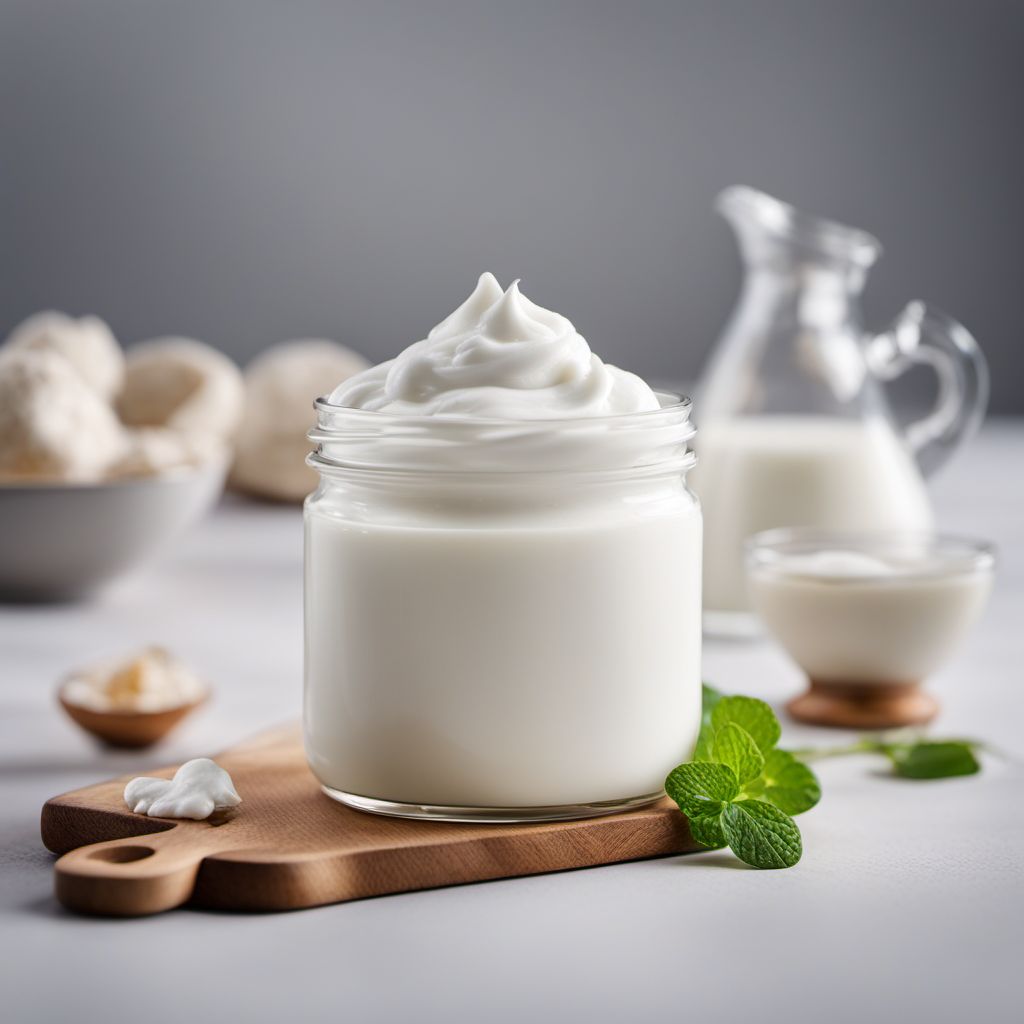
Ingredient
Yoghurt, goat milk, plain
Creamy Delight: Exploring the Richness of Plain Goat Milk Yoghurt
Goat milk yoghurt is a smooth and creamy dairy product with a slightly tangy flavor. It has a thick consistency and a pale white color. The texture is velvety and luscious, making it a delightful addition to both sweet and savory dishes. The taste of plain goat milk yoghurt is distinct, with a mild tanginess that is less pronounced compared to cow's milk yoghurt. It offers a unique and refreshing flavor profile that pairs well with a variety of ingredients and cuisines.
Origins and history
Goat milk yoghurt has a rich history that dates back thousands of years. Goats were one of the first domesticated animals, and their milk has been consumed by humans since ancient times. Goat milk yoghurt has been a staple in many cultures around the world, particularly in Mediterranean, Middle Eastern, and African cuisines. It is valued for its nutritional benefits and its ability to be easily digested by individuals with lactose intolerance.
Nutritional information
Goat milk yoghurt is a nutritious ingredient, rich in essential nutrients such as protein, calcium, phosphorus, and vitamins B2 and B12. It is lower in lactose compared to cow's milk yoghurt, making it a suitable option for individuals with lactose intolerance. A 100-gram serving of plain goat milk yoghurt typically contains around 80 calories.
Allergens
Goat milk yoghurt may cause allergic reactions in individuals with a known allergy to goat milk or dairy products. It is important to exercise caution and consult with a healthcare professional if you have any concerns or allergies.
How to select
When selecting goat milk yoghurt, look for a product that is made from high-quality goat milk. Choose yoghurt that is fresh, with a smooth and creamy consistency. Avoid any yoghurt that has an off smell or appears curdled. Opt for organic or locally sourced options whenever possible to support sustainable farming practices.
Storage recommendations
To maintain the freshness and quality of plain goat milk yoghurt, store it in the refrigerator at a temperature between 32°F (0°C) and 40°F (4°C). Keep it tightly sealed to prevent any absorption of odors from other foods. Consume the yoghurt within its expiration date for the best taste and texture.
How to produce
To produce goat milk yoghurt at home, start by heating the goat milk to around 180°F (82°C) to kill any harmful bacteria. Allow the milk to cool to around 110°F (43°C) and then add a starter culture or a small amount of plain goat milk yoghurt as a starter. Incubate the mixture at a temperature of around 110°F (43°C) for 4-6 hours until it thickens and develops a tangy flavor. Refrigerate the yoghurt for a few hours to further enhance its texture before enjoying.
Preparation tips
Plain goat milk yoghurt can be enjoyed on its own as a healthy snack or used as a versatile ingredient in both sweet and savory recipes. It can be used as a creamy base for smoothies, dressings, and dips. It adds a tangy richness to baked goods, marinades, and sauces. When using it in cooking, avoid high heat as it may cause the yoghurt to curdle. Instead, add it towards the end of the cooking process or use it as a finishing touch to retain its creamy texture and flavor.
Substitutions
If plain goat milk yoghurt is not available, you can substitute it with plain cow's milk yoghurt or plant-based yoghurts such as soy or almond yoghurt. However, keep in mind that the flavor and texture may vary slightly.
Culinary uses
Plain goat milk yoghurt is a versatile ingredient that can be used in both sweet and savory dishes. It can be enjoyed as a healthy breakfast with fruits and granola, used as a creamy dressing for salads, or incorporated into marinades for tenderizing meats. It adds a delightful tanginess to baked goods like cakes and muffins and can be used as a substitute for sour cream in various recipes. Its creamy texture and mild flavor make it a popular choice for dips, sauces, and creamy desserts.
Availability
Goat milk yoghurt is commonly available in regions with a strong dairy industry, such as Europe, North America, and parts of Asia. It is also cultivated and consumed in countries with a long history of goat farming, including Greece, Turkey, and Morocco.
More ingredients from this category
Recipes using Yoghurt, goat milk, plain » Browse all

Pashtun-style Nafeleh
Savory Pashtun Delight: Pashtun-style Nafeleh
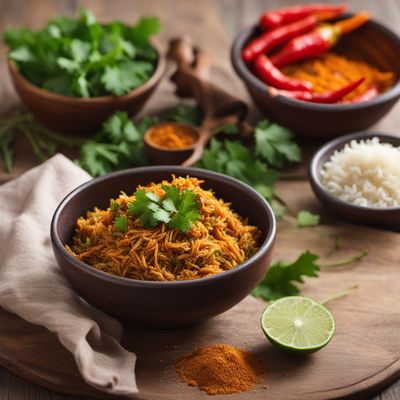
Murgh Musallam with Fragrant Rice
Spiced Whole Roasted Chicken with Aromatic Rice
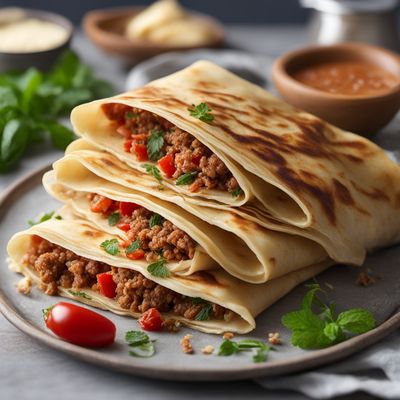
Tunisian-inspired Stuffed Crepes
Savory Tunisian Delight: Stuffed Crepes with a Twist

North Indian Style Chicken with Capers
Tangy Chicken Curry with a Twist of Capers
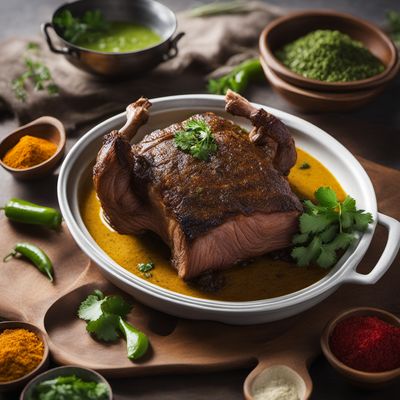
Rajasthani-style Roast Lamb with Laver Sauce
Spiced Lamb Roast with Rajasthani Twist

Sucuk with a Twist
Elevated Sucuk Delight

Yogurt Soup with Mint and Rice
Creamy Delight: A Refreshing Twist on Turkish Yogurt Soup

Paneer Tikka Kathi Roll
Spicy Grilled Paneer Wrap: A Flavorful Twist on the Classic Kathi Roll

Mediterranean Citrus Olive Oil Cake
Sun-Kissed Citrus Delight: Mediterranean Citrus Olive Oil Cake
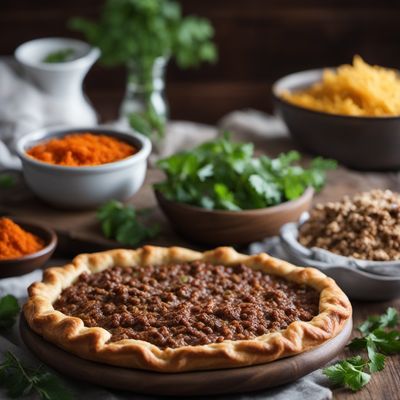
Tatar Grandma Pie
Savory Tatar Delight: Grandma's Pie with a Twist

Frankfurt Green Sauce with Herb-Roasted Chicken
Herb-Infused Delight: Frankfurt's Green Sauce with Roasted Chicken

Cheera Moru - Traditional Indian Spinach Curry
Savory Spinach Delight: Cheera Moru - A Burst of Flavors from India
